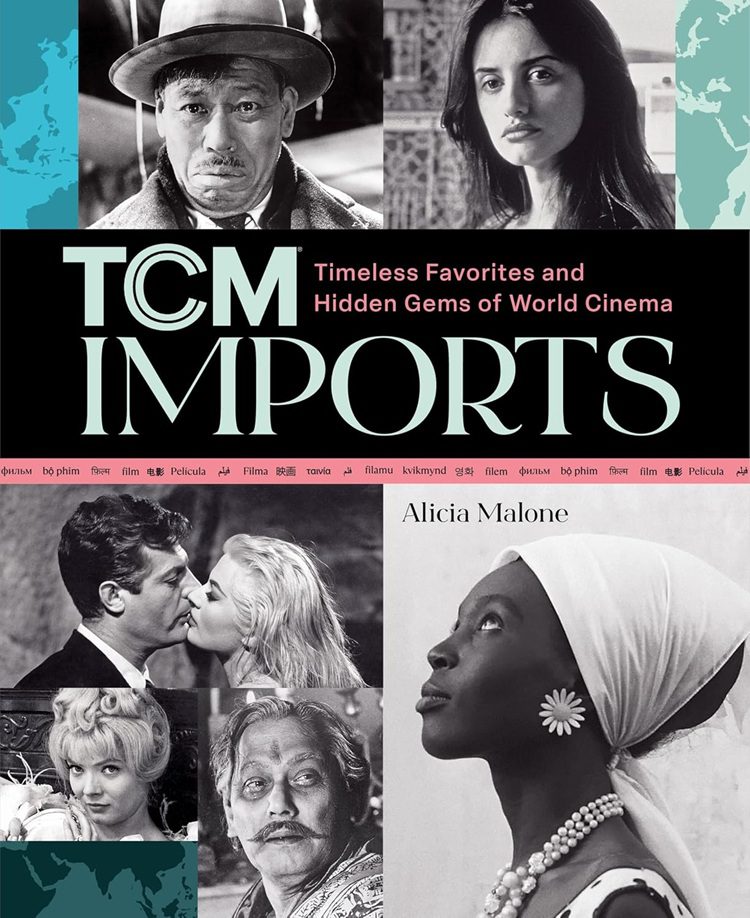
I know it isn’t always easy to engage in international cinema, especially because of subtitles. However, if you don’t take the chance, I think you’ll miss out on truly phenomenal filmmaking. This type of cinema has the power to move, hypnotize, challenge, and make you think about the world you live in.
Buy TCM Imports: Timeless Favorites and Hidden Gems of World CinemaAlicia Malone, amazing film critic, interviewer, and charming host of TCM (particularly of TCM Imports) symbolizes just that with her spectacular new book TCM Imports: Timeless Favorites and Hidden Gems of World Cinema, which is not exactly one that showcases the greatest films from around the world, but eclectic titles that are highbrow, low brow, and cult classics.
Separated into all four seasons (Winter, Spring, Summer, and Fall), the films discussed contain all sorts of themes and stories about humanity that will connect to many different types of film lovers (depending on their moods, of course).
“Winter” are films that evoke a cool type of melancholy during the early year: Amelie (2001), Ikiru (1952), In the Mood for Love (2000), Lady Snowblood (1973), The Girls (1968) and Jeanne Dielman, 23 quai du Commerce, 1080 Bruxelles (1975), among others, are detailed.
“Spring” are films to get you in the spirit of change: Cinema Paradiso (1988), Ali: Fear Eats the Soul (1974), Daisies (1966), Late Spring (1949), All About My Mother (1999), and The Passion of Joan of Arc (1928), along with many more, are talked about.
“Summer” are films to help you let out your inner freedom: Swept Away (1975), La Dolce Vita (1960), Cleo from 5 to 7 (1962), Picnic at Hanging Rock (1975), Parasite (2019), and Beau Travail (1999), including more are explained.
Fall are films that dare to dream as the leaves fall: Metropolis (1927), The Rules of the Game (1939), The Vanishing (1988), Devi (1960), Day for Night (1973), Pale Flower (1964), and Babette’s Feast (1987), and others, are expressed.
As with other TCM books, this one is just as lovingly complied with plot descriptions (without spoilers), behind-the-scenes photos, backgrounds of directors and stars, and movements the films were a part of. By doing so, you’re allowed to make up your cinematic mind and let your film tastes soar.
So, if you love to read about movies, and/or watch TCM, then this great book is definitely for you. It is a great, seasonal idea from one of the most reliable and terrific voices of film history. Thank you, Alicia!